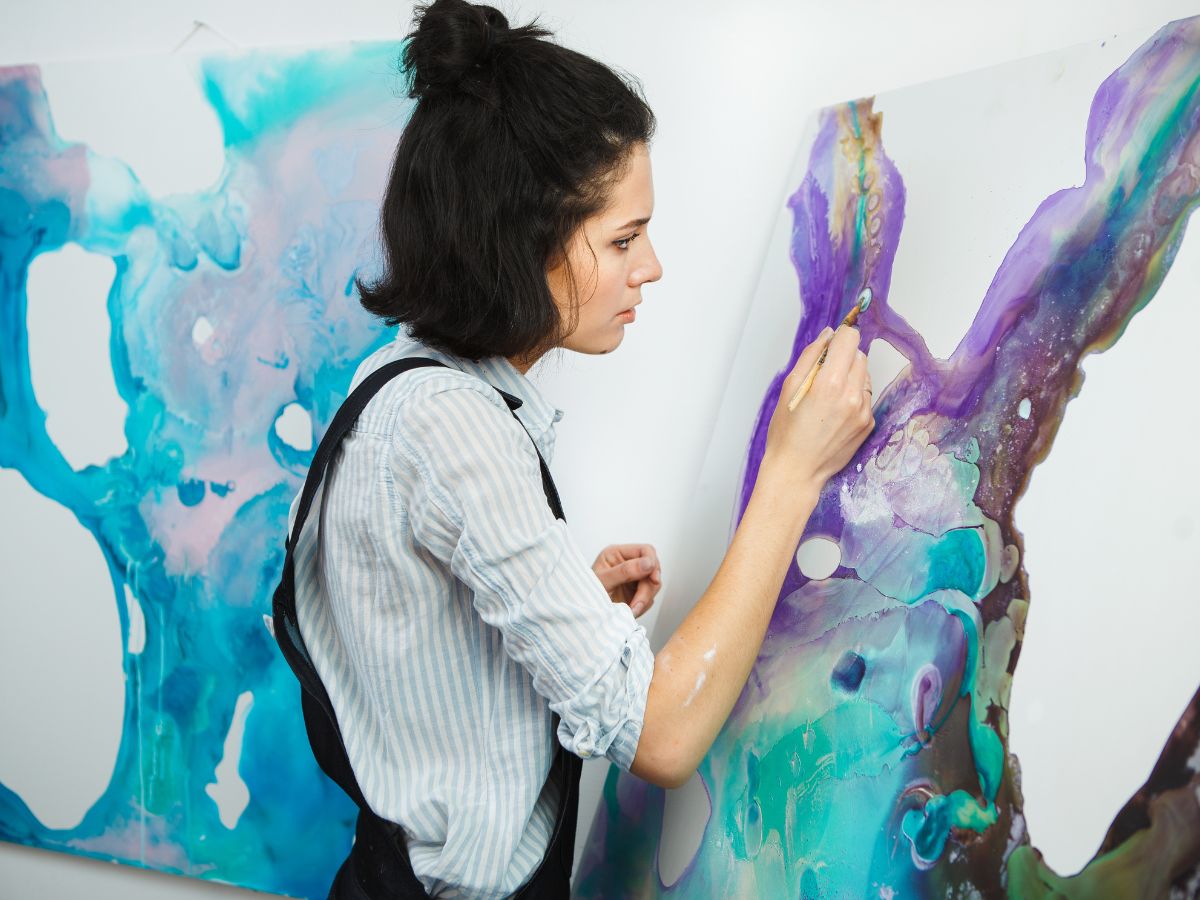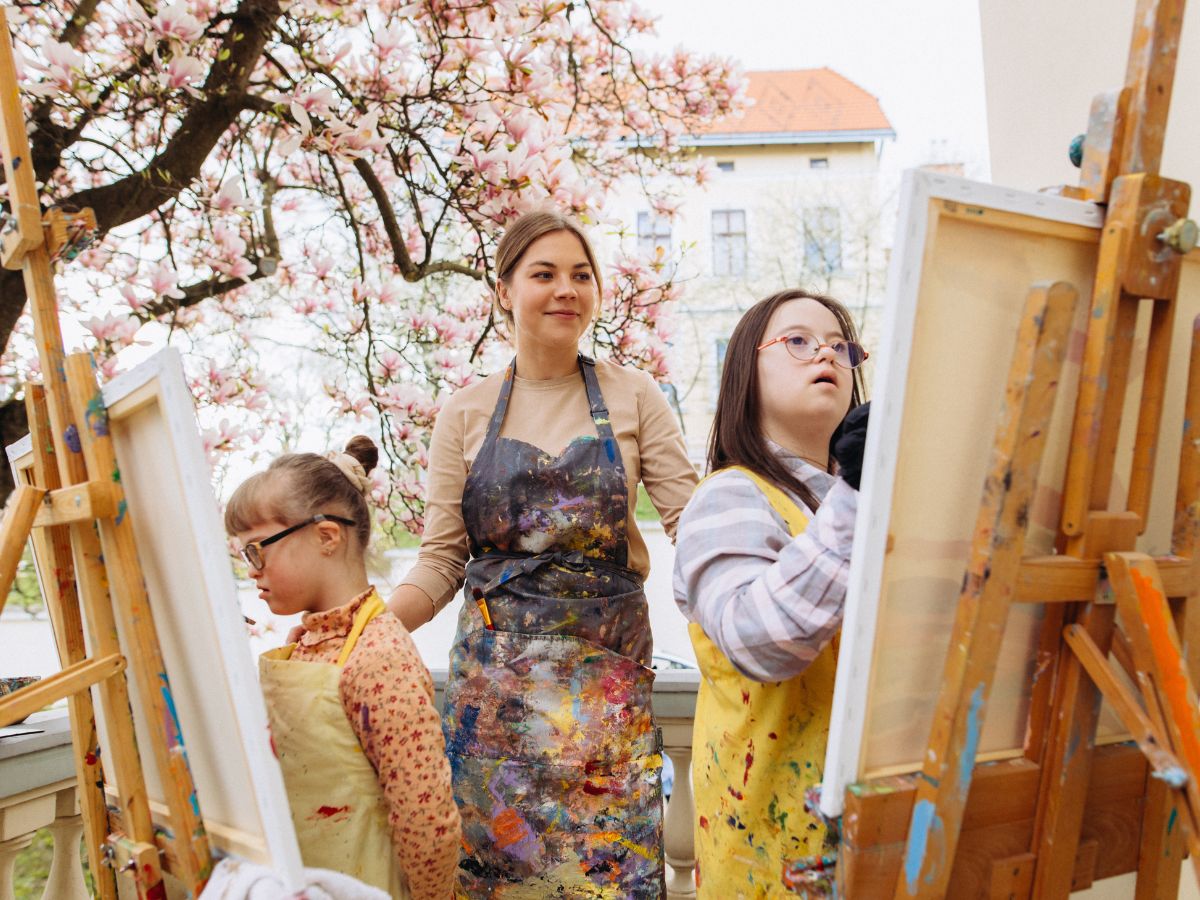
Canvas as a Tool for Art Therapy
Canvas painting isn’t just for creating gallery-worthy pieces; it’s a valuable medium in art therapy, offering individuals a tangible way to express emotions and process experiences. Here’s how canvas serves as an effective tool in therapeutic settings:
1. Facilitates Emotional Expression
Painting on canvas allows individuals to externalize feelings that might be difficult to articulate verbally. The act of choosing colors, applying brushstrokes, and creating images can help in expressing complex emotions, aiding in emotional release and understanding.
According to Joan Cusack Handler Ph.D., “The reason that art is healing is simple: It helps people get in touch with and express feelings that might otherwise remain buried or ignored.”
2. Promotes Stress Reduction
Engaging in the creative process of painting can lead to relaxation and stress relief. Studies have shown that art-making activities, including canvas painting, can decrease cortisol levels, the body’s primary stress hormone, leading to a calmer state of mind.
In a 2016 study by Drexel College, researchers found that 75% of the participants’ cortisol levels decreased during an art session.
3. Enhances Self-Awareness
Through the process of creating art on canvas, individuals can gain insights into their thoughts and behaviors. Reflecting on the artwork can lead to greater self-awareness and personal growth, which are essential components of mental health.
4. Supports Trauma Processing
For those who have experienced trauma, canvas painting provides a safe space to explore and express traumatic memories. The permanence of canvas allows for the creation of lasting representations of experiences, which can be revisited and processed over time.
A study published in 2018 suggests that art therapy is beneficial for survivors of prolonged or recurrent trauma because its effects include more relaxation and less intrusive thoughts of traumatic experiences.
5. Encourages Mindfulness and Presence
The focus required in painting helps individuals stay present, promoting mindfulness. This state of being can reduce anxiety and improve overall mental well-being.
Getting Started with Canvas in Art Therapy
- Materials Needed: A blank canvas, acrylic or oil paints, brushes, and a comfortable workspace.
- Approach: Begin with free-form painting, allowing emotions to guide the process without focusing on the end result.
- Guidance: Working with a trained art therapist can enhance the therapeutic benefits, providing support and interpretation of the artwork.
Using canvas painting into art therapy offers a versatile and effective method for emotional healing. Whether guided by a professional or explored independently, the act of painting can be a powerful tool for mental well-being.
